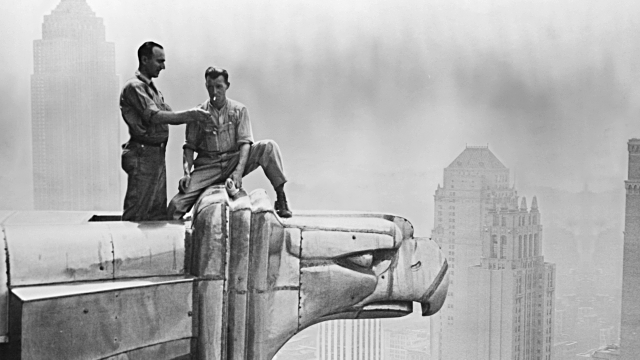
“What the people are within, the buildings express without.”
Louis Sullivan
“The perennial architectural debate has always been, and will continue to be, about art versus use, visions versus pragmatism, aesthetics versus social responsibility. In the end, these unavoidable conflicts provide architecture’s essential and productive tensions; the tragedy is that so little of it rises above the level imposed by compromise, and that this is the only work most of us see and know.”
Ada Louise Huxtable
American architecture is so much more than Frank Lloyd Wright, although the architect remains essential to understanding the history. The spectrum of building activities in what would become the United States of American began with native mound building, blossomed with pueblo building in the southwest and took on European influences with the arrival of settlers from Spain, England and France. By the time that Wright designed his first building, there were long traditions in both common (“vernacular”) building types and architect-designed buildings. The story of American architecture is a story that can be fully understood through examining the pathways of immigrants, the rise of real estate capitalism, the growth of cities, the refining of architecture as a profession and the public imagination of what architecture should tell the world about the ideals of the nation.
The central questions of this course follow: What are the definitive characteristics of American architecture? Do the characteristics of American architecture reveal the social, economic and political structures of its production? Ultimately, can we read an American building to reveal sense of national identity, individual political agency, the evolution of gender roles, the assertion of disciplinary and economic power, and the evolution of the American artistic sensibility?
This course begins with a thorough survey of the historic development of American architecture, starting with a chronological reading of styles, forms and major architects. Then the course pivots by examining the intersection of architectural and urban history. Other units in the course will critically examine the question of authorship, the social determinants that bear on domestic architecture and the popular lives of buildings through media and inhabitation. [AMCS 420]
